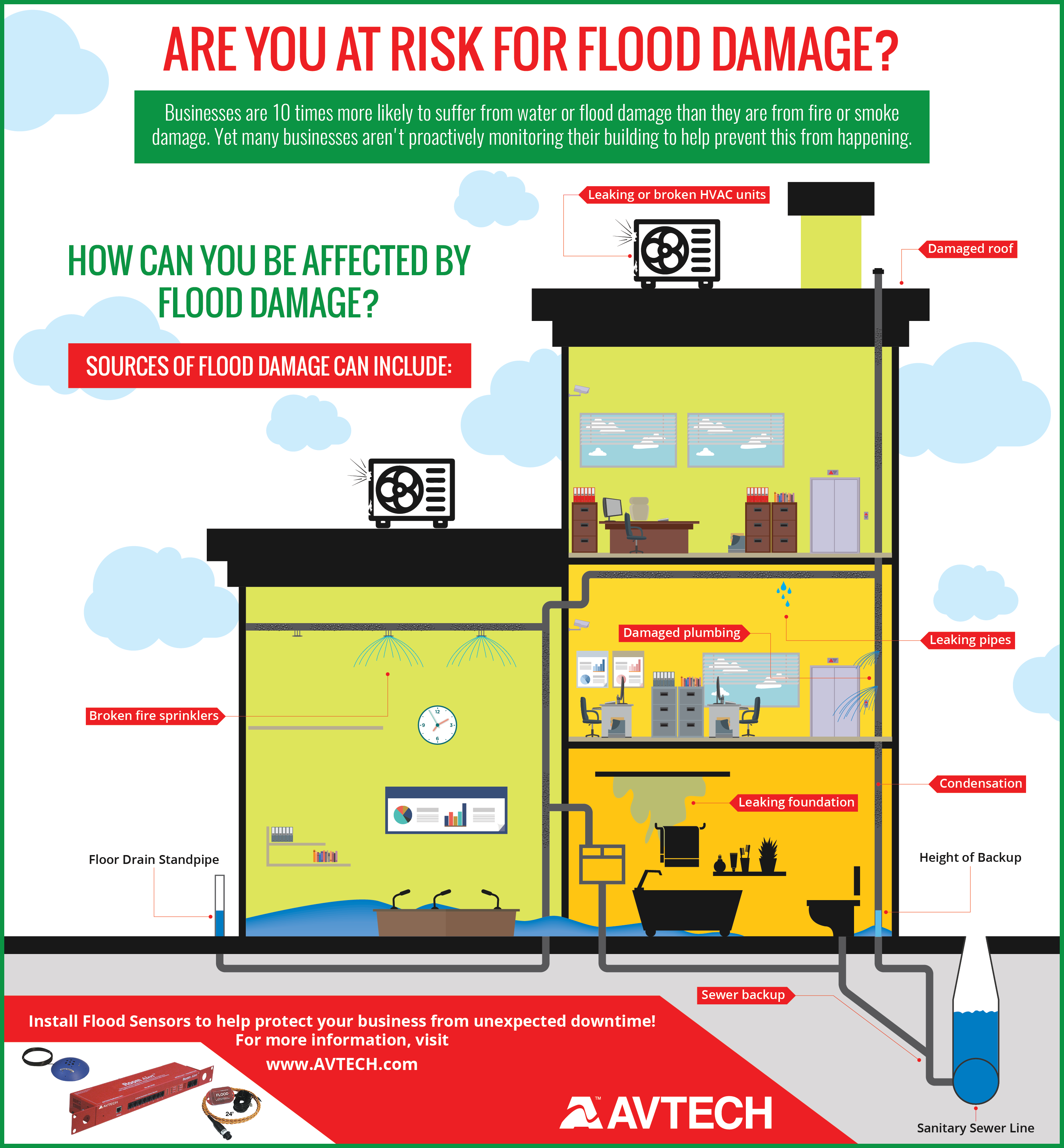Leverage The Intricate Balance Of Expenses And Environmental Impact To Discover Real Capacity Of Solar Power Versus Standard Resources
Leverage The Intricate Balance Of Expenses And Environmental Impact To Discover Real Capacity Of Solar Power Versus Standard Resources
Blog Article
Content Author-Jain Waugh
When analyzing the stability of solar energy versus conventional energy resources, you may find yourself contemplating the long-term sustainability and influence on your funds. The intricate equilibrium between preliminary expenses, recurring costs, and environmental ramifications elevates sixty-four-thousand-dollar questions concerning the future of power generation. As you browse through the intricacies of this comparison, a deeper understanding of the subtleties in cost-effectiveness, ecological stewardship, and power protection awaits exploration.
Cost-Effectiveness Contrast
When comparing the cost-effectiveness of solar power with traditional energy resources, it becomes noticeable that preliminary financial investment distinctions play a crucial duty in establishing long-lasting cost savings.
While Source Webpage require a greater in advance investment for setup and equipment, they offer significant lasting advantages that can outweigh the initial expenses. The key depend on comprehending that solar energy systems have very little ongoing functional and maintenance expenses compared to typical energy resources like nonrenewable fuel sources.
By purchasing solar energy, you can possibly save money on utility bills over the system's lifespan. Additionally, with https://www.cnet.com/home/energy-and-utilities/yes-solar-panels-deteriorate-over-time-heres-what-you-need-to-know/ in innovation and decreasing installment prices, solar power has become much more easily accessible and affordable for property owners and businesses alike. These financial savings can collect gradually, supplying a roi that exceeds traditional power sources.
In addition, solar energy systems offer the advantage of energy self-reliance and stability against rising and fall utility costs. By taking advantage of the power of the sunlight, you add to a cleaner environment and lower your carbon footprint. Welcoming Continue Reading in the long run.
Environmental Impact Analysis
Solar power provides an encouraging alternative to traditional power resources as a result of its substantially reduced environmental effect. Unlike fossil fuels that emit hazardous greenhouse gases and add to air contamination, solar power creates electrical power without creating any kind of discharges.
The process of using solar power includes recording sunlight via solar panels, which doesn't launch any toxins into the atmosphere. This lack of emissions helps in reducing the carbon impact associated with energy manufacturing, making solar energy a cleaner and more sustainable option.
Additionally, making use of solar energy adds to conservation efforts by reducing the demand for finite resources like coal, oil, and natural gas. By relying on the sun's bountiful and renewable resource resource, we can help protect natural habitats, protect ecosystems, and alleviate the unfavorable effects of resource removal.
Integrity and Energy Landscape Evaluation
For an extensive assessment of reliability and the energy landscape, it's necessary to review just how solar power contrasts to conventional resources. Solar power is gaining ground as a reliable and sustainable energy resource. While typical resources like coal, oil, and natural gas have been historically dominant, they're limited and contribute to environmental destruction.
Solar energy, on the other hand, is plentiful and eco-friendly, making it an extra lasting choice over time.
In regards to reliability, solar power can be dependent on weather and sunlight schedule. However, innovations in modern technology have led to the growth of energy storage options like batteries, improving the integrity of solar power systems. Typical resources, on the contrary, are vulnerable to cost changes, geopolitical tensions, and supply chain disruptions, making them less trustworthy in the long term.
When assessing the power landscape, solar power uses decentralized energy production, decreasing transmission losses and increasing power security. Typical sources, with their centralized power plants, are much more vulnerable to disruptions and require considerable infrastructure for distribution.
Final thought
To conclude, when comparing solar power to typical energy resources, it is clear that solar power supplies an affordable, environmentally friendly, and reliable option. With minimal operational expenses, potential financial savings on energy expenses, and a substantially reduced environmental impact, solar power is ending up being a more sustainable and safe and secure choice. Welcoming solar power can help in reducing greenhouse gas emissions and contribute to conservation initiatives, making it a compelling option for the future.
